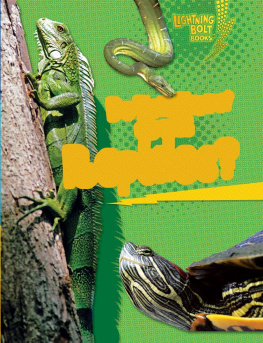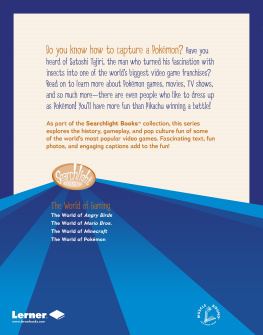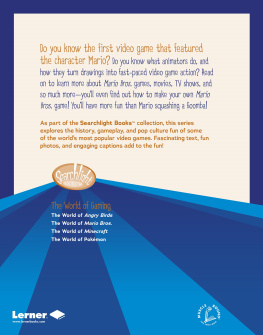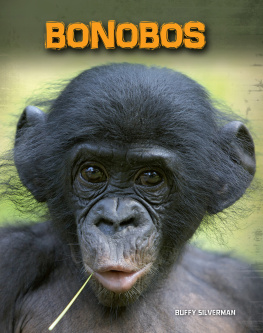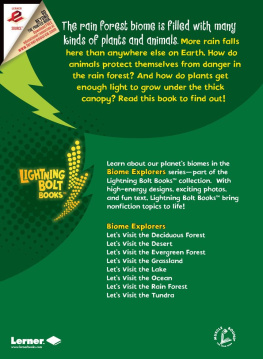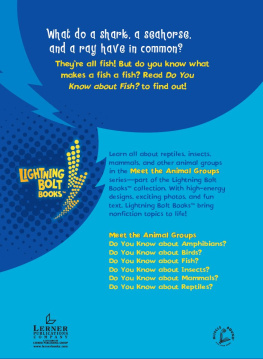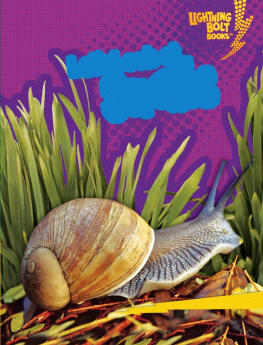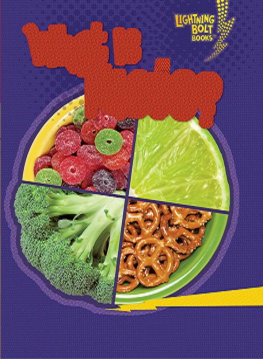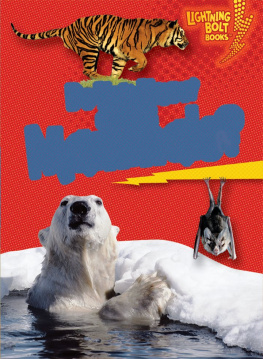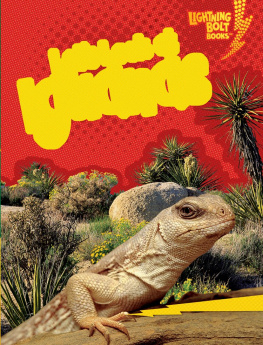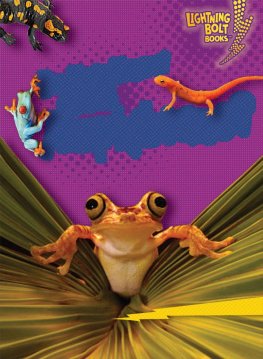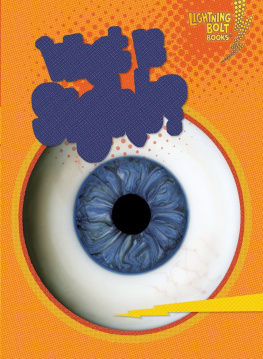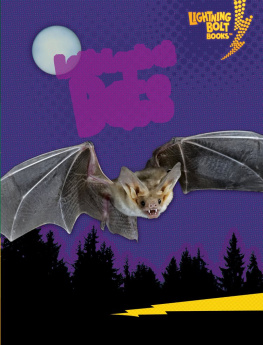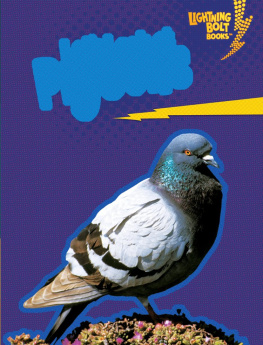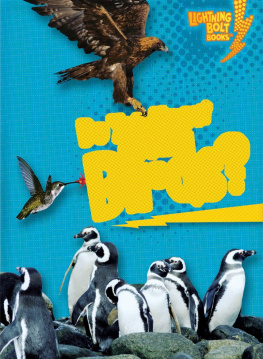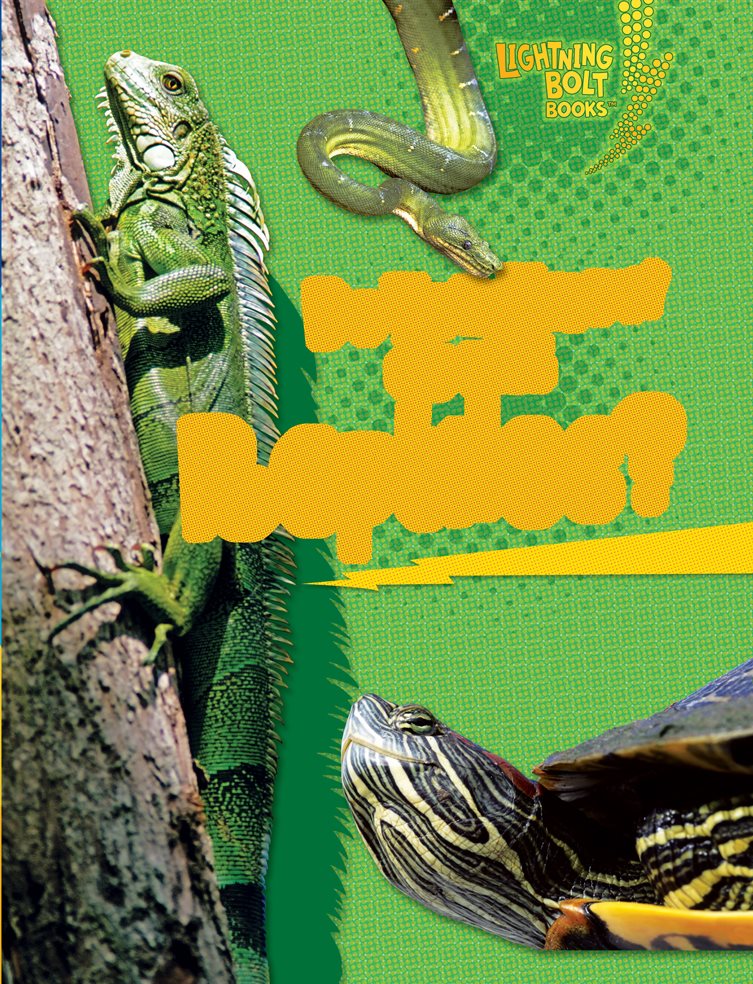Buffy Silverman
To Gabi
and her mom
Copyright 2010 by Lerner Publishing Group, Inc.
All rights reserved. International copyright secured. No part of this book may be reproduced, stored in
a retrieval system, or transmitted in any form or by any meanselectronic, mechanical, photocopying,
recording, or otherwisewithout the prior written permission of Lerner Publishing Group, Inc., except
for the inclusion of brief quotations in an acknowledged review.
Lerner Publications Company
A division of Lerner Publishing Group, Inc.v241 First Avenue North
Minneapolis, MN 55401 U.S.A.
Website address: www.lernerbooks.com
Library of Congress Cataloging-in-Publication Data
Silverman, Buffy.
Do you know about reptiles? / by Buffy Silverman.
p. cm. (Lightning bolt booksTM Meet the animal groups)
Includes index.
ISBN 9780822575429 (lib. bdg. : alk. paper)
1. ReptilesJuvenile literature. I. Title.
QL644.2.S557 2010
597.9dc22 2008050759
Manufactured in the United States of America
1 2 3 4 5 6 BP 15 14 13 12 11 10
eISBN: 978-0-7613-8885-2

Contents
page
page
page
page
page
page
page
page
What
is a Reptile?
An alligator dives underwater
to catch a fish. A sidewinder
springs forward and bites a
mouse. A wood turtle chews
berries in a field. A horned
lizard gobbles ants. Alligators,
snakes, turtles, and lizards
look very different. They eat
different foods. But all are
reptiles.
This wood
turtle lives
in a stream in
the forest.
An alligator
looks for food
in the water.
Reptiles are
animals with
dry, scaly skin.
Their thick scales
protect their
bodies. Scales hold
in water too. Scaly
skin lets some reptiles
live in dry places.
A skink has
smooth scales.
Snakes have wide
scales on their
bellies. Scales help
them glide across
the ground.
Can you see
the scales on
this snakes
belly?
A snapping turtle has small
scales on its neck. Large
scales cover its shell.
Can you see the
large scales on this
snapping turtle?
A turtles backbone is part of its
shell. Animals with backbones
are called vertebrates. Reptiles
are vertebrates.
Turtles have
backbones inside
their shells.
Look at the snake slide over the
ground. Its backbone is made
up of hundreds of small bones.
Long backbones let snakes twist and turn.
Snakes use
their long
backbones
to move.
A crocodile has a strong
backbone. The crocodile runs
on land. It swishes its powerful
tail to swim underwater. The
crocodile swims to the surface
to breathe. All reptiles breathe
air. They breathe with lungs.
Crocodiles have
backbones. They
breathe air.
Staying Warm, Cooling Off
A crocodile basks on a sunny
log. The sun warms its body.
Reptiles cannot make their
own body heat. They are
ectotherms. They get warm or
cool from their surroundings.
This crocodile
warms its body
in the sun.
An iguana
warms up on
a rock in
the desert.
Most reptiles live on or near
land in warm places. What
do reptiles do when it is cold?
Many find safe places to sleep.
They hibernate.
Every fall, prairie rattlesnakes
travel to the same den. They
hibernate there during winter.
Desert tortoises dig holes
underground. At night, the
desert cools off. Underground
holes stay warmer than the cold
night air. The holes also stay
cool when the hot sun shines.
A desert tortoise
stays cool in a
shady hole.
Staying
Safe
Some reptiles are hard to find.
The lizards spotted skin blends
in with the speckled rock. Its
camouflage keeps it safe.
Can you spot the granite
lizard on this rock?
How do other reptiles stay
safe? A skink can drop its
tail if an animal grabs it. The
skink runs away and leaves
behind its wiggling tail. The
skink will grow a new tail.
This skink dropped
its tail. It is growing
a new tail.
A box turtle pulls in its head,
tail, and legs. It clamps its shell
shut. A hungry fox sniffs the
turtle. But the fox cannot bite
through the turtles tough shell.
A box turtle hides
in its shell. The
shell keeps it safe.

